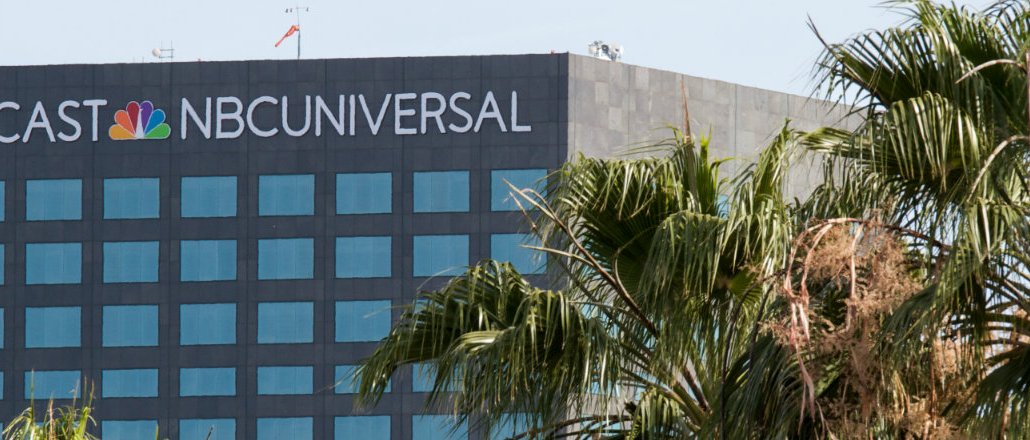
Another day, another big name in television supposedly loosening the cord — or is it?
Comcast has unveiled plans for a new Web-based TV service called Stream, which will offer a small bundle of channels — including the major broadcast networks and HBO — for $15 per month. In doing so, the biggest cable company in the country (at the end of the first quarter, Comcast reported 22.4 million video subscribers in the U.S.) appears to be joining a growing list of TV companies offering Web-based alternatives for cord-cutters.
However, that’s not what Comcast is doing. When it launches later this summer (starting in Boston and then spreading to other Comcast markets), Stream will only be available to Comcast’s Internet subscribers — keeping the cord intact.
For Comcast, Stream is a test to see how its existing and potential customer base wants to watch the stuff they used to watch on TV. As such, the service will only be accessible on computers, smartphones and tablets.
“The way we watch TV has become more personal than ever,” wrote Matt Strauss, Comcast’s evp and gm of video services in a post. “I like to watch live on the big screen in my living room. My kids, on the other hand, prefer to catch up with their favorite shows on their laptops, on demand.” So why not test out a TV service that can only be accessed on mobile devices?
That is a logical conclusion that many TV networks have also arrived at recently, and it’s the reason why all of them seem to be exploring direct-to-consumer, OTT distribution — and therein lies a compelling opportunity for established TV service providers like Comcast and Dish Network.
Like Dish Network is doing with Sling TV, Comcast is using Stream to explore Web-based distribution for TV — by keeping the bundle intact.
But the bundle might not need saving. There are already hundreds of apps on streaming platforms such as Roku — but outside of Netflix, Hulu, Amazon and a few popular TV Everywhere apps, most of them are from niche content providers. What happens when more apps arrive from established TV brands such as HBO, Showtime and NBC. Who is going to help customers navigate such a cluttered marketplace?
A seasoned curator looks attractive in this scenario. “For someone like Comcast or Dish that already has a reputation for curating and bundling, this is an opportunity to continue delivering on that value proposition,” said Mike Green, vp of marketing and business development, media, for online video technology company Brightcove.
Essentially, why pay HBO $15 for HBO Now when you can pay Comcast Stream $15 for HBO and all of the broadcast networks? This thinking also applies to Hulu’s recent bundling deal with Showtime, which saves subscribers of both Hulu and Showtime’s standalone service $2 per month. “They are showing how the bundle can still persevere in this new world,” said Green.
Which goes to show, as much as the TV business is forced to adapt and change, it’s trying equally hard to keep what it can intact.
Image via Jerome Kundrotas / Shutterstock
More in Media

‘The net is tightening’ on AI scraping: Annotated Q&A with Financial Times’ head of global public policy and platform strategy
Matt Rogerson, FT’s director of global public policy and platform strategy, believes 2026 will bring a kind of reset as big tech companies alter their stance on AI licensing to avoid future legal risk.

Future starts to sharpen its AI search visibility playbook
Future is boosting AI search citations and mentions with a tool called Future Optic, and offering the product to branded content clients.

Digiday’s extensive guide to what’s in and out for creators in 2026
With AI-generated content flooding social media platforms, embracing the messiness and imperfection of being human will help creators stand out in the spreading sea of slapdash slop.





